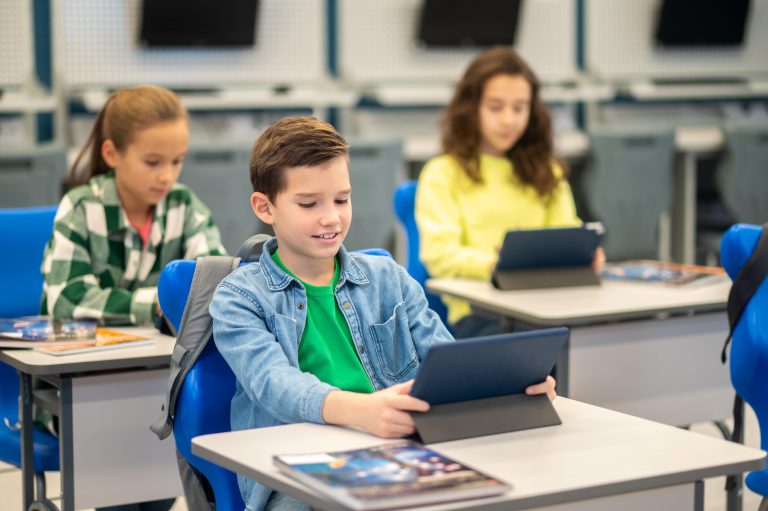I’m proud to announce the publication of our new peer-reviewed article: Unlocking Literacy: A View of Our Research and Cutting-Edge Digital Learning Platforms Bringing Literacy to All Children, co-authored by Heikki Lyytinen, Abiy Zewdu Agegnehu, Susan A. Galletly, Hong Li, Nshimbi Chomba J., Christopher Yalukanda, and Natalia Louleli.
🔗 Read the full article here
Why this research matters – a new literacy crisis?
Although nearly 100% of Finnish first-graders master Basic Literacy skills—the ability to fluently and accurately sound out written words—reading comprehension outcomes are declining, as shown in recent PISA results. The same pattern has been observed globally, even in countries where our early literacy game, GraphoGame, has been used for years.
Our article challenges a dangerous assumption:
That being able to read fluently means children can also understand what they read.
But this is no longer the case for many children.
In nations with transparent alphabetic orthographies—languages like Finnish, Spanish, or many African local languages—learners can easily decode written text without actually understanding it. They may treat all words and sentences as equal, failing to identify or prioritize key information. This leads to superficial reading, not deep comprehension.
From basic to full literacy: a new digital approach
Although tools like GraphoGame help children learn to read fluently, we saw in Zambia that this wasn’t enough—students were still struggling in school. This raised a new question:
How can we help learners reach Full Literacy—the ability to deeply understand, analyze, and learn from what they read?
This inspired us to build and test new digital learning environments:
- Comprehension Game – a tool focused on developing a deep understanding of text
- Tale Reader – a platform that helps children read with purpose, not just fluency
Real-world impact: Case study in rural Zambia
In a rigorous field study in Katete, Zambia, we worked with children and adults who had no prior literacy skills. Using Ekapeli (the Finnish version of GraphoGame), they quickly learned to decode their local language (Nyanja). But only those who used the Comprehension Game showed improved school performance and real-world reading comprehension.
The most fascinating finding?
Adults were most engaged when reading AI chatbot responses to their questions about climate change and farming. They began understanding how global events like the war in Ukraine affected local fertilizer prices—something they had never encountered before.
This showed us that relevance and curiosity drive comprehension. Learners need meaningful content, not just drill-based reading.
Final thoughts
The world has changed. Children read less for leisure. School materials are often dry. In many countries, the only available reading resources are textbooks or religious texts. This isn’t enough to inspire a love of reading—or to build comprehension.
Our article calls for a new literacy paradigm:
✅ From decoding to deep understanding
✅ From fluency to full comprehension
✅ From passive readers to active knowledge seekers
We’re continuing our research and validation of Comprehension Game and Tale Reader across contexts, and the early results are promising.
If you’re an educator, policymaker, researcher, or just passionate about global literacy, we invite you to read our paper and join the conversation.



